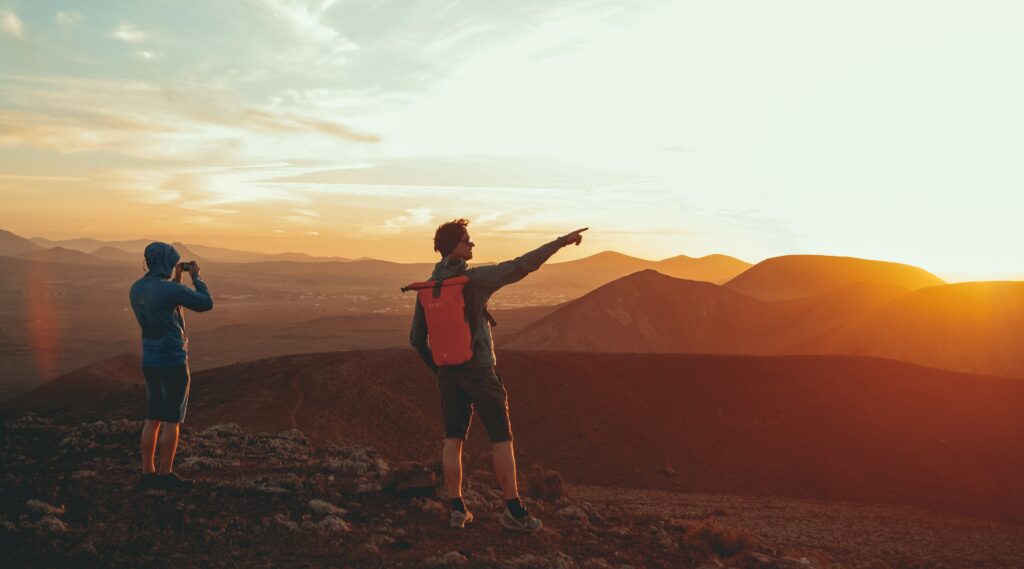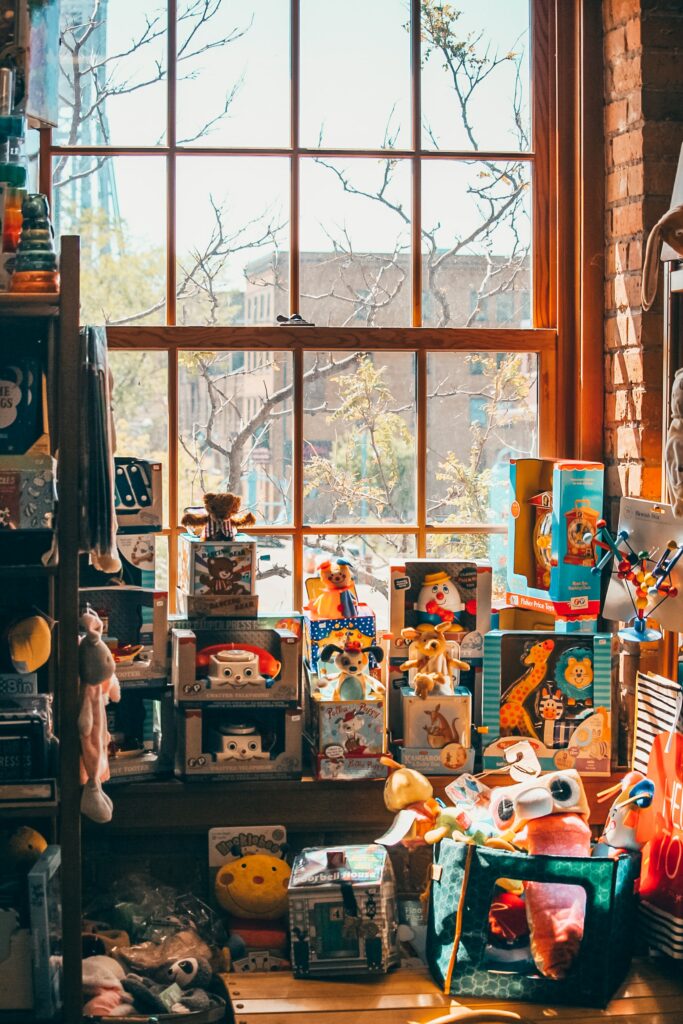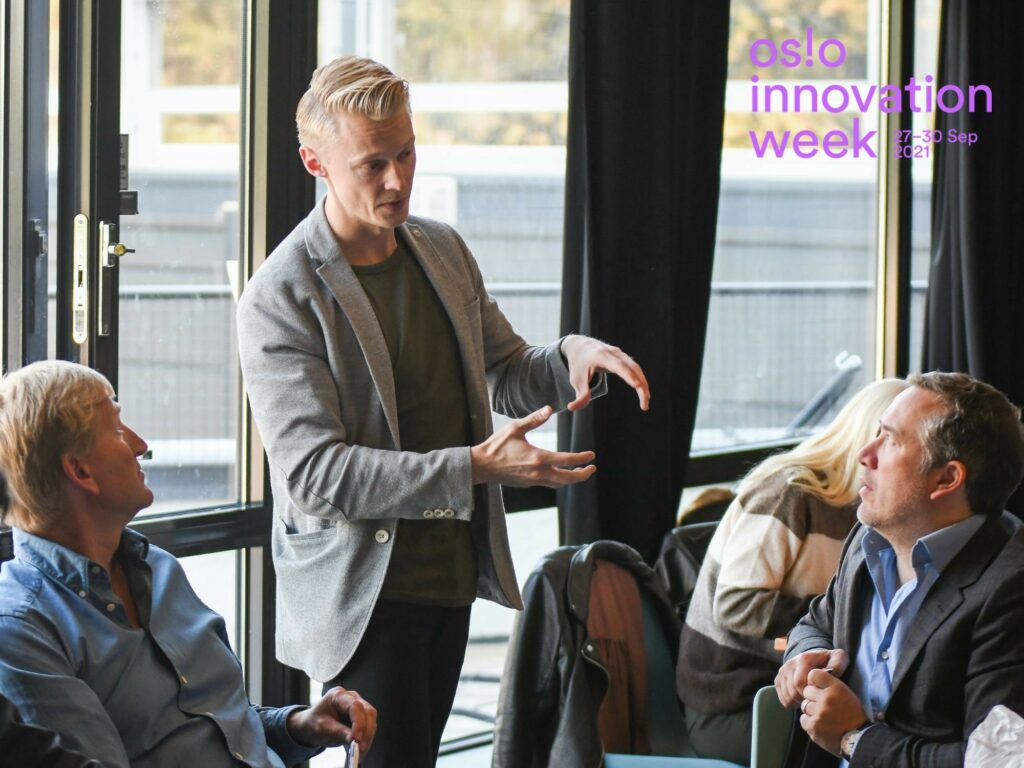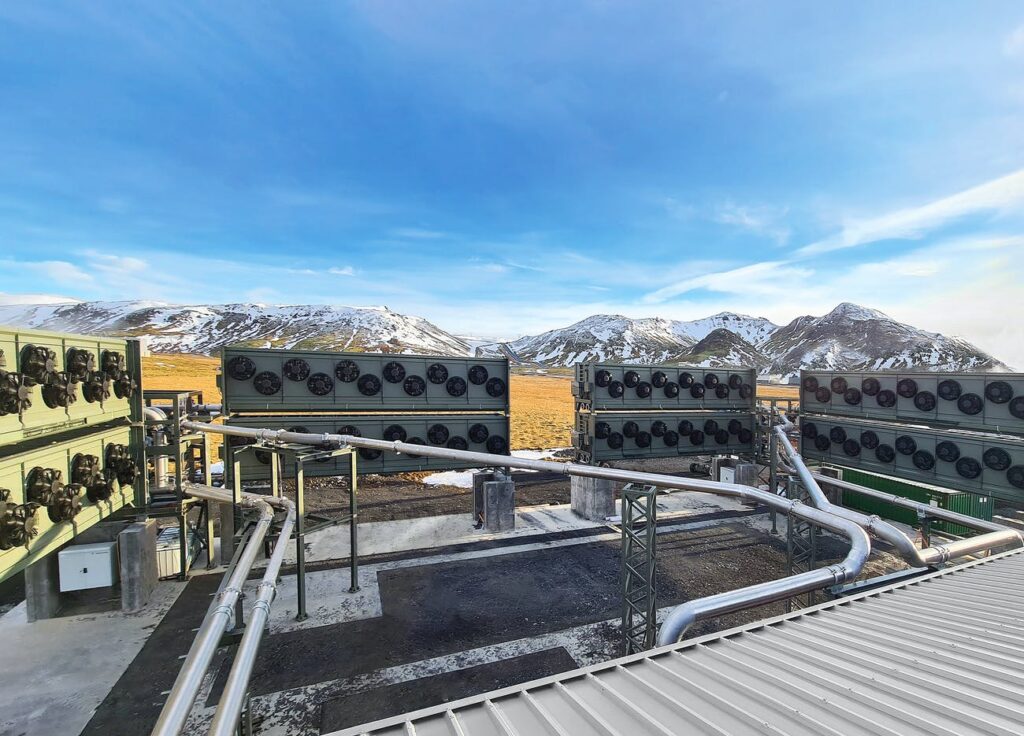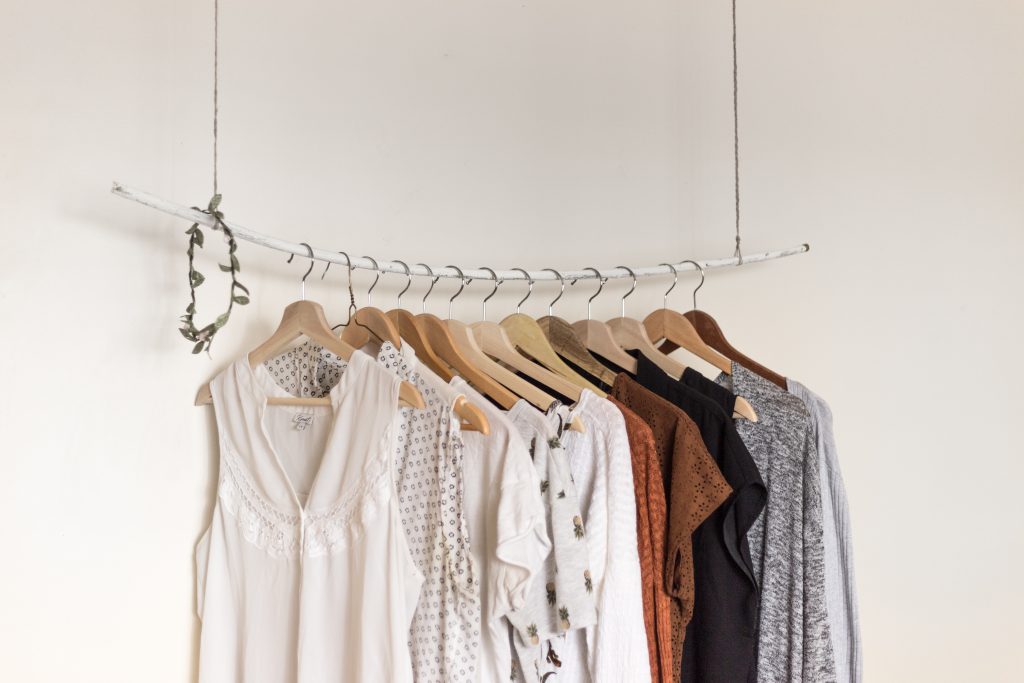The future of toys - new ideas around the next generation
The norm today is to buy new things, like toys, books or sports equipment, for our kids. But why, when we know the kids will lose interest and grow out of them within months? So what could the future of toys look like with circular solutions? We dived into this topic together with industry experts, startups, corporates in a digital workshop to generate new ideas for the toy industry.
The value of the global toy market was over 90 billion USD in 2019. And did you know that 80% of all kids’ toys end up thrown away in landfills, incinerators or oceans? So it is not surprising that becoming a parent makes your household 25% less environmentally friendly than before. However, 71% of parents say they became more concerned about sustainability after having a child. Clearly there is a need and demand to find better models to produce, use and reuse toys, baby equipment and clothes.
We got together for a LOOP Lab with the focus on toys, books, games and sports equipment for kids to build circularity around the next generation. Together with startups, corporates, universities, organizations from around the world, and not to mention individuals looking to accelerate circularity, we discussed, collaborated and shared our thoughts on what the future of toys will look like with circular solutions. And what kind of business opportunities will that generate.

Our top five picks from the workshop
Together with the participants we ideated and shared dozens of inspiring ideas, developed some of them further and talked also about who should be involved to get things going. After the creative workshop, the Loop team dived deeper into the ideas, picked our top 5 ideas out of the bunch and built them up a bit further. Have a look, we hope you get inspired and get some insights for your business!
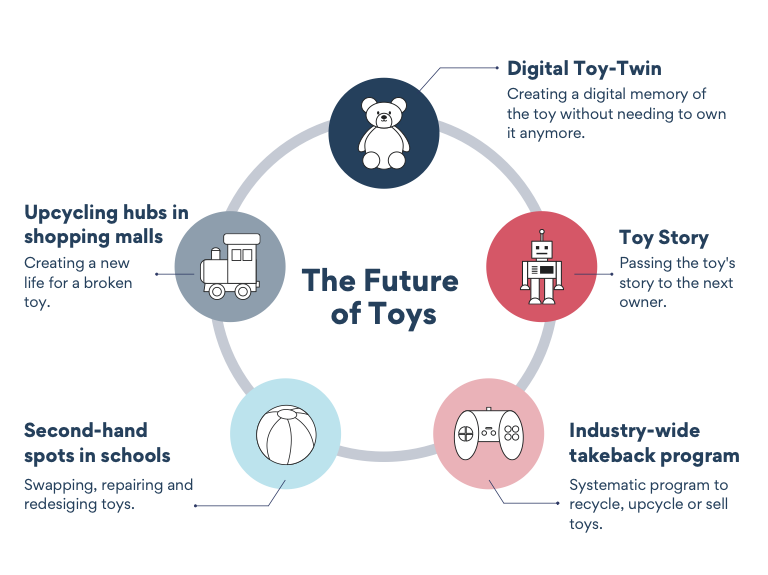
Second hand spot in school or preschool
By establishing a second hand spot in schools children are able to bring their old toys, swap them with their schoolmates and repair or redesign things that are broken during leisure activities or in class (for example crafts and technique). With support from the school, children would be in charge of sorting the toys in categories according to condition.
Furthermore, in cooperation with the local library and embedded into the toys exchange program, a cross-generational meeting place could be set up for circular activities, knowledge sharing and educational elements around circularity, circular entrepreneurship and engineering or other knowledge topics delivered by partner programs (toy manufacturers, students in university programs dealing with circularity / sustainability).
Toy Story
Toys are carrying wonderful stories that get lost as soon as a toy arrives to its end of life and gets thrown away or passed on further, while all the stories get forgotten. This business model connects the stories of the toy and creates the opportunity for it to be passed on onto the next toy owner, who gets the chance to add her/his story to the piling up collection. The stories will be recounted from a child’s perspective and stored in a digital format – where the toy’s next owner can get access to it and see all the previous stories, and adventures this toy has been on.
Through the power of circular economy and multiple ways to preserve, up-cycle, repurpose and reuse – the toy will get multiple lives as well as great potential to become more valuable the more stories it will host. Eventually transitioning into a Digital Format entirely (see next business model) and accompanying the child into her adult life along all the memories and stories it has stored along the way.
Digital Toy-Twin
Toys are often short lived due to them getting easily broken or lost – along with the fact that they (for a period) may be put on a back seat by the child due to the novelty of another newer toy. This means that many toys, even if they have had their moment in time and played a role in a child’s life, no longer serve a purpose, and instead of cluttering homes, they are often given away. Creating digital toy twins will create the possibility to store the toy in a digital format and recreate the memories associated with it – while not cluttering the physical space.
This also creates an opportunity for toys that are no longer made or the ones that have gotten lost – to have a digital presence especially if they had high emotional value and couldn’t be stored physically (due to going to another home, country or simply growing out of it, but still wanting to keep a connection with that toy).
Upcycling hubs in shopping malls / libraries
This model implies that toys will be gathered in collecting points in either shopping malls and/or libraries. The collection points will serve as a go to place for children to bring their toys as well as create gathering points for them and parents (or grandparents). By bringing their old toys there, children will have the opportunity to attend fun workshops, where their toys can be sorted and categorised into those that can be upcycled and given a new life – while also educating children that once a toy is broken – it doesn’t mean that it needs to be thrown away.
It is also an opportunity to develop adjacent knowledge in engineering, business and entrepreneurship by educating children to generate value from what traditionally would’ve been thrown away. This model has great potential because it’s a community building and educational activity that also generates economic value through the power of circular economy.
Industry-wide take back program
As toys are much loved, they often have signs of usage. As a parent, it is troublesome to know what to do with the used toys as you don’t dare to sell them or give to charity if they are not in brand new condition. The most convenient solution for the end users would be to organise an industry wide take-back program that collects toys, and based on their condition recycles, upcycles, gives them to charity or resells them.
The organisation would work in a similar way as plastics recycling – meaning that all the toy producers/sellers would pay a certain fee (e.g. based on their turnover) to the organisation that would then take care of the take-back program for the industry. This would make the system convenient for the end user, take the whole industry’s circularity forward, and also allow the smaller players to be able to offer such service to their customers.
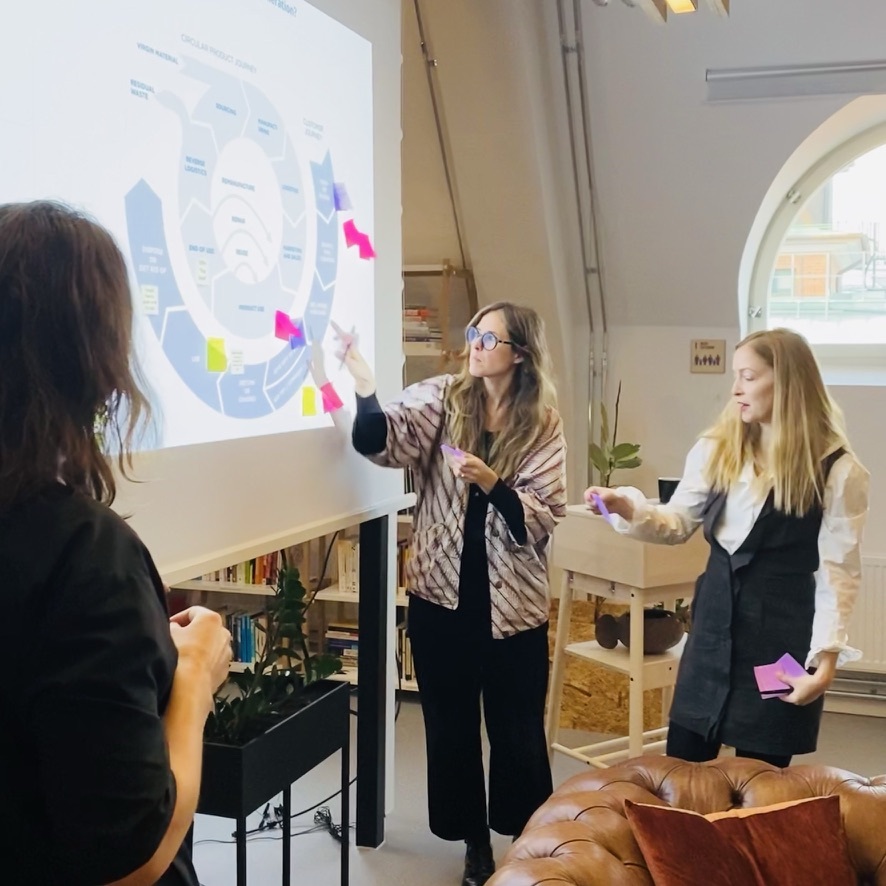
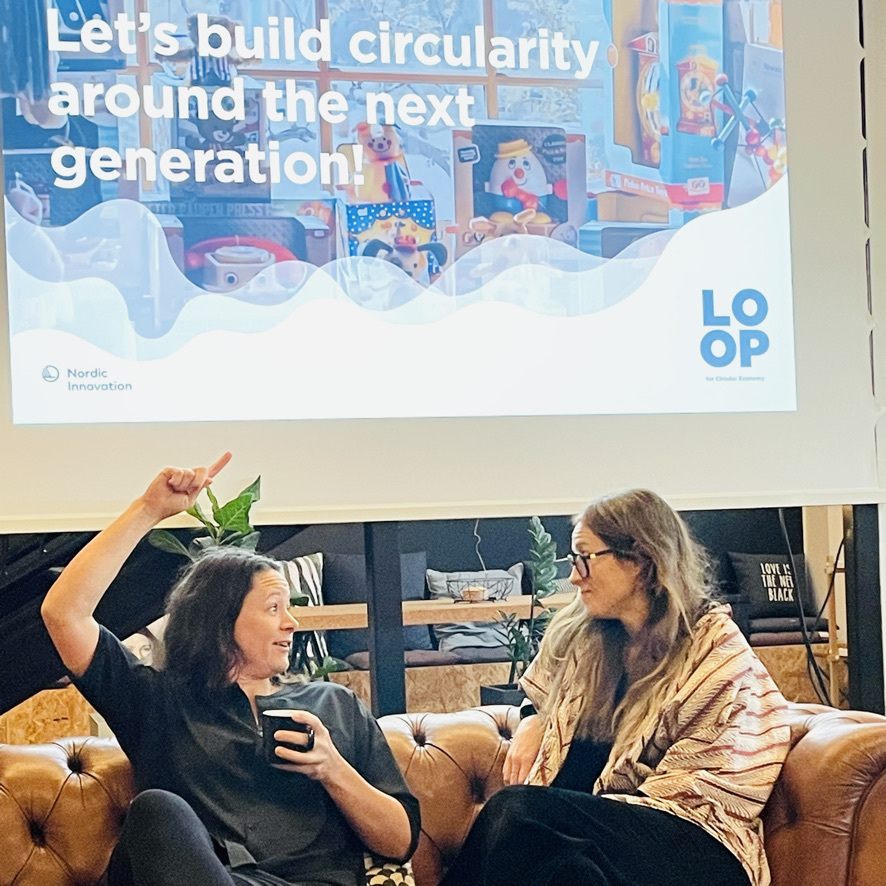
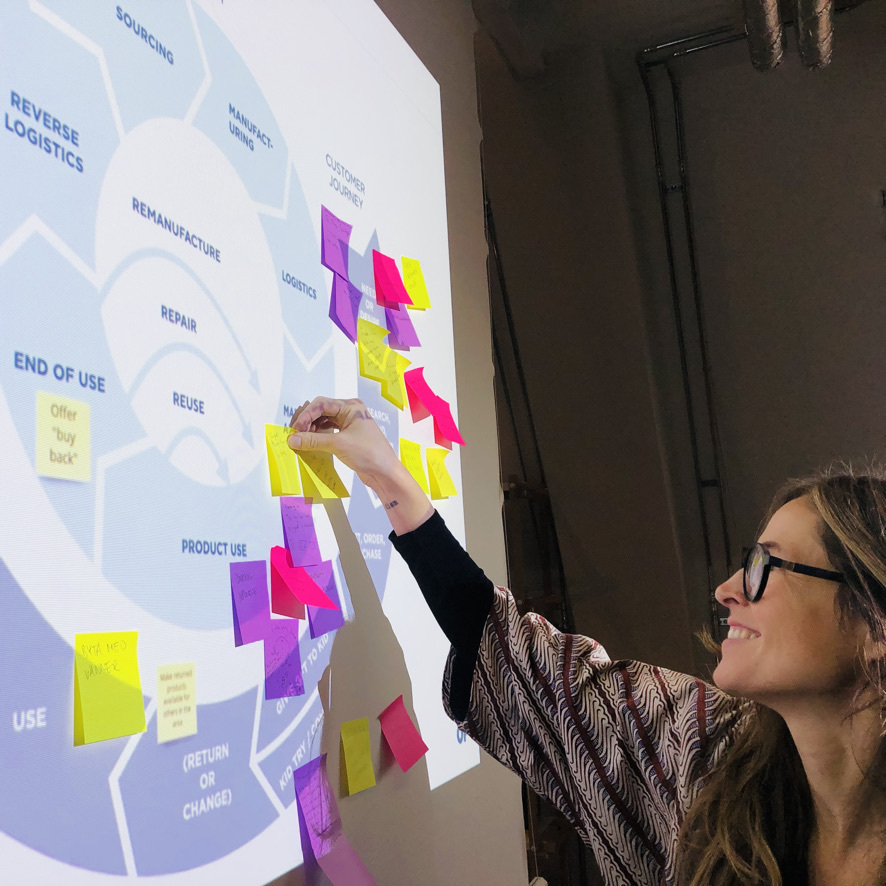
If you see an idea that you want to take forward, go with it! Or do you have another circular idea, but need help with getting it forward? We are happy to help you get going, get in touch with us.
Don't hesitate to get in touch!

Maria Klint
Antrop (Sweden) maria.klint@antrop.se
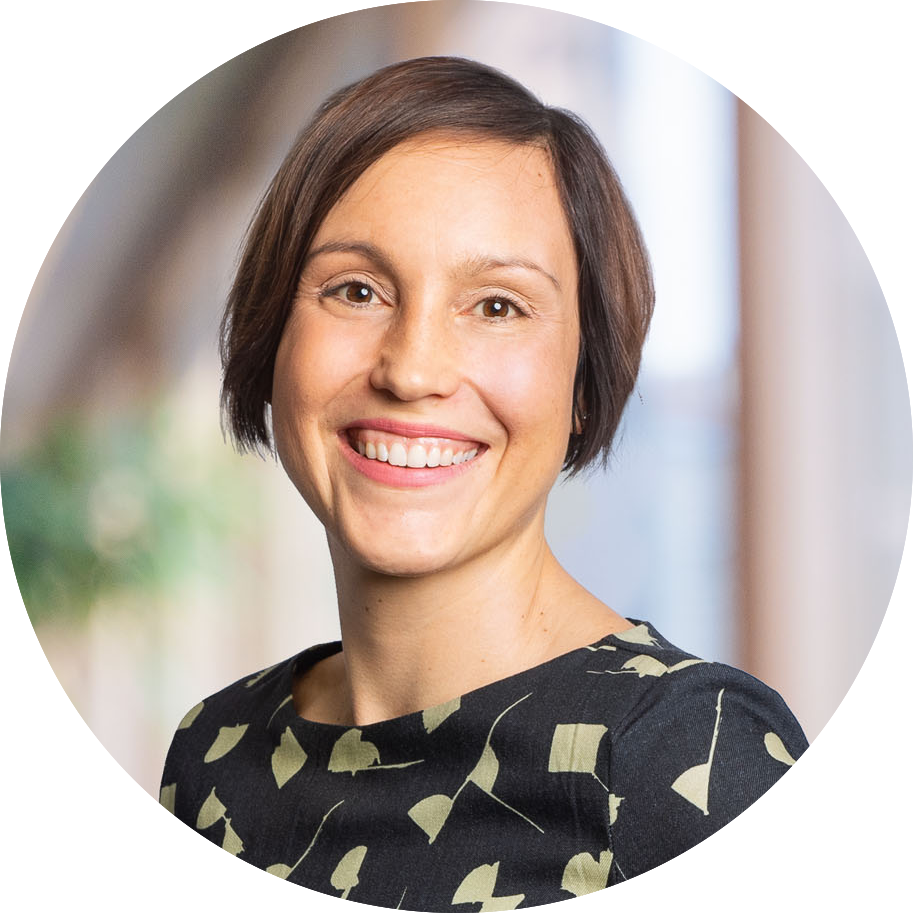
Moona Pohjola
Verona Growth (Finland) moona.pohjola@verona.fi

Peter Lizamore
Agens (Norway) peter.lizamore@agens.no
LOOP Lab Kids event was a Nordic Circular Summit 2021 pre-session. The Nordic Circular Summit is a four-day digital summit exploring circular economy in the Nordic region. It is co-hosted and produced by Nordic Circular Hotspot and Nordic Innovation, and is an official World Circular Economy Forum (WCEF) Side Event.
Learn more at nordiccircularsummit.com.

